In the intricate dance of our body’s chemistry, blood sugar plays a starring role—fueling our energy, mood, and overall well-being. Yet, like any delicate performance, balance is key. When blood sugar levels swing too high or too low, the harmony falters, leading to discomfort and potential health risks. Fortunately, nature has provided a vibrant pantry of foods that can help keep these levels steady, supporting our body’s rhythm without dramatic spikes or drops. In this article, we delve into the nourishing world of foods known for their blood sugar-regulating powers, exploring how simple dietary choices can contribute to a more balanced, healthier life.
Table of Contents
- Understanding the Connection Between Diet and Blood Sugar Stability
- Powerhouse Nutrients That Support Healthy Glucose Levels
- The Role of Fiber in Slowing Sugar Absorption
- Incorporating Low Glycemic Index Foods Into Your Daily Meals
- Herbs and Spices with Natural Blood Sugar Balancing Properties
- Practical Meal Planning Tips for Maintaining Consistent Energy
- Q&A
- In Conclusion

Understanding the Connection Between Diet and Blood Sugar Stability
Maintaining blood sugar stability is crucial for overall health, and what you eat plays a profound role in this balance. Certain foods help slow down glucose absorption, reducing sudden spikes and crashes throughout the day. Incorporating fiber-rich choices such as whole grains, legumes, and fresh vegetables can improve insulin sensitivity and promote lasting energy levels. Additionally, healthy fats found in avocados, nuts, and olive oil support hormonal balance, which directly influences blood sugar regulation.
Beyond specific ingredients, the timing and composition of meals are equally important. Combining carbohydrates with protein and fat helps moderate blood sugar responses, avoiding rapid swings. Consider these nutrient-dense options to get started:
- Chia seeds for fiber and omega-3 fatty acids
- Greek yogurt for protein boost and probiotics
- Leafy greens like spinach and kale packed with antioxidants
- Sweet potatoes with a low glycemic index
| Food Group | Benefits for Blood Sugar | Example Foods |
|---|---|---|
| Fiber-Rich Carbs | Slows glucose absorption | Oats, lentils, quinoa |
| Healthy Fats | Supports hormone balance | Olive oil, nuts, seeds |
| Lean Proteins | Stabilizes blood sugar | Chicken, fish, tofu |

Powerhouse Nutrients That Support Healthy Glucose Levels
Maintaining balanced blood sugar levels is greatly influenced by the intake of specific nutrients that act as natural regulators. Fiber, particularly soluble fiber found in foods like oats and legumes, slows carbohydrate absorption and reduces glucose spikes after meals. Additionally, magnesium plays a vital role in glucose metabolism, with sources including leafy greens and nuts contributing to improved insulin sensitivity. Another crucial nutrient is chromium, which enhances the body’s response to insulin and is commonly present in whole grains, broccoli, and green beans.
Incorporating a variety of these nutrients helps create a harmonious effect on blood glucose control. Below is a simple reference table highlighting key powerhouse nutrients and their best food sources:
| Nutrient | Primary Sources | Benefits |
|---|---|---|
| Fiber (Soluble) | Oats, Beans, Barley | Slows sugar absorption |
| Magnesium | Spinach, Almonds, Avocado | Improves insulin sensitivity |
| Chromium | Broccoli, Whole Grains | Boosts insulin efficiency |
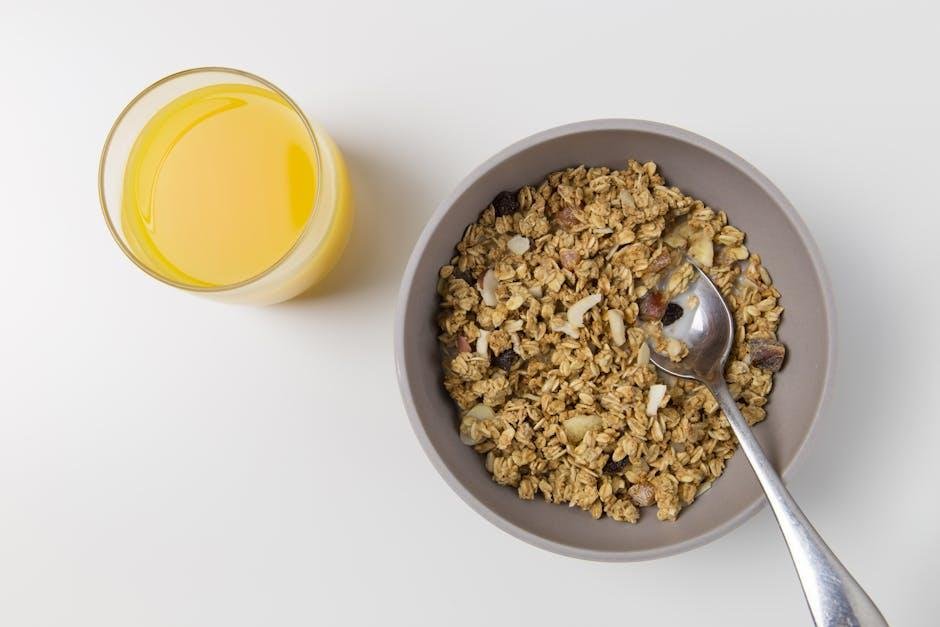
The Role of Fiber in Slowing Sugar Absorption
Dietary fiber acts as a natural moderator in your digestive system, playing a crucial role in how quickly sugars enter your bloodstream. When you consume fiber-rich foods, especially those high in soluble fiber, they form a gel-like substance in the gut that slows down carbohydrate digestion and sugar absorption. This delayed effect prevents sharp spikes in blood glucose levels, promoting steadier energy throughout the day.
Incorporating fiber-rich foods into your meals not only benefits blood sugar control but also supports overall gut health. Consider these fiber-packed options for balanced sugar metabolism:
- Oats and oatmeal
- Chia seeds and flaxseeds
- Black beans and lentils
- Brussels sprouts and broccoli
- Apples and pears (with skin)
| Type of Fiber | Impact on Sugar Absorption |
|---|---|
| Soluble Fiber | Forms gels that slow sugar absorption |
| Insoluble Fiber | Increases bulk to aid digestion but less effect on sugar absorption |
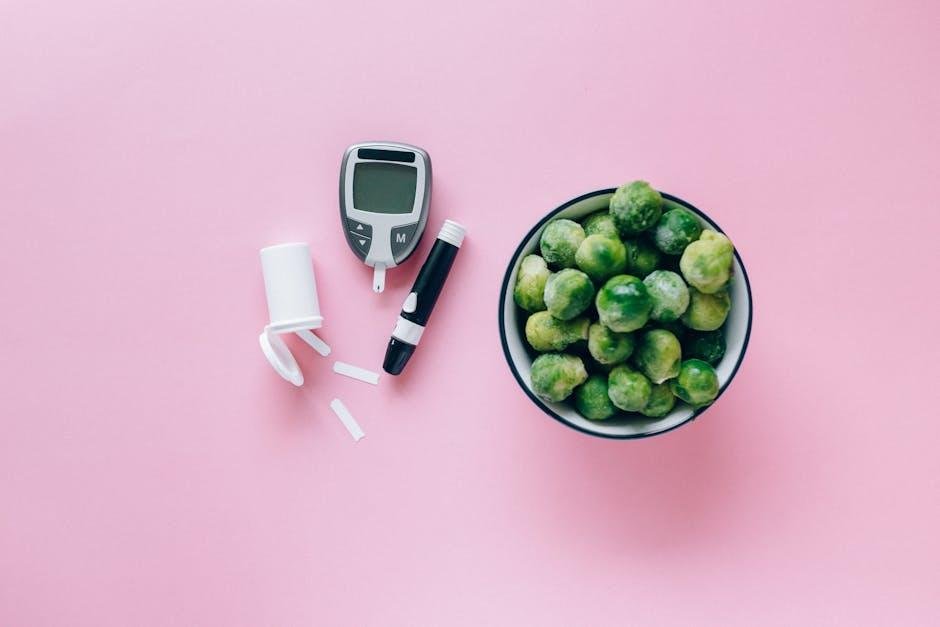
Incorporating Low Glycemic Index Foods Into Your Daily Meals
Integrating foods with a low glycemic index into your meals can be both simple and satisfying. Start by replacing high-GI staples with alternatives that release energy gradually, promoting stable blood sugar levels throughout the day. For instance, swap white rice with quinoa or barley, which not only provide sustained energy but also add rich textures and flavors to your dishes. Incorporate plenty of fresh vegetables like broccoli, spinach, and carrots—these nutrient-dense options have minimal impact on blood sugar and boost your overall health. Don’t forget to include protein sources such as lentils, chickpeas, and lean turkey, which complement these carbohydrates and help maintain balanced glucose levels.
Here’s a quick reference table showcasing some easy, low-GI swaps for common meal components:
| High-GI Food | Low-GI Alternative |
|---|---|
| White Bread | Whole Grain Bread |
| Instant Oatmeal | Steel-Cut Oats |
| Potatoes | Sweet Potatoes |
| Fruit Juice | Whole Berries |
To add flavor and variety, experiment with herbs and spices such as cinnamon, turmeric, and ginger—many of which have shown promise in supporting blood sugar regulation. By consciously choosing these foods and balancing macronutrients, you can create daily meals that not only satisfy your palate but also support long-term metabolic health.

Herbs and Spices with Natural Blood Sugar Balancing Properties
Incorporating certain herbs and spices into your diet can be a delicious and natural way to support healthy blood sugar levels. Cinnamon, celebrated for its aromatic warmth, contains compounds that mimic insulin and help improve glucose uptake by cells. Similarly, turmeric, with its vibrant golden hue, offers anti-inflammatory benefits attributed to curcumin, which might enhance insulin sensitivity. These spices not only enrich your meals but also introduce powerful bioactive compounds that play a role in blood sugar regulation.
Other notable ingredients include fenugreek seeds, known for their high soluble fiber content that slows carbohydrate digestion, and ginger, which may reduce fasting blood sugar levels. Here’s a quick reference to their benefits and common uses:
| Herb/Spice | Key Benefit | Common Usage |
|---|---|---|
| Cinnamon | Improves insulin sensitivity | Sprinkled on oatmeal, smoothies |
| Turmeric | Anti-inflammatory, enhances insulin action | Curries, golden milk, teas |
| Fenugreek | Slows carb absorption, fiber-rich | Seeds in stews, ground spice in baking |
| Ginger | Lowers fasting blood sugar | Teas, stir-fries, smoothies |

Practical Meal Planning Tips for Maintaining Consistent Energy
Balancing your meals with a focus on foods that slow down sugar absorption can make a world of difference in sustaining your energy throughout the day. Incorporate a combination of fiber-rich vegetables, lean proteins, and healthy fats to minimize blood sugar spikes. For instance, pairing grilled chicken with roasted Brussels sprouts and a drizzle of olive oil not only enhances flavor but also supports stable glucose levels. Prioritizing whole grains like quinoa or barley over refined options helps keep your blood sugar steady by providing a gradual release of energy.
Strategic snacking is another key practice to maintain consistent energy. Choose options that combine protein and complex carbohydrates, such as a small handful of almonds with an apple or Greek yogurt topped with chia seeds. Here’s a quick guide to keep handy:
- Focus on low glycemic index foods: Sweet potatoes, lentils, berries.
- Include healthy fats: Avocados, nuts, seeds.
- Don’t skip breakfast: Start with something balanced – think oatmeal with nuts and fruit.
- Hydrate mindfully: Water, herbal teas, and avoid sugary drinks.
| Meal Component | Examples | Benefit |
|---|---|---|
| Fiber | Broccoli, Chickpeas, Oats | Slows glucose absorption |
| Protein | Eggs, Fish, Tofu | Promotes fullness and steady energy |
| Healthy Fats | Olive oil, Walnuts, Flaxseeds | Improves insulin sensitivity |
Q&A
Q&A:
Q1: Why is it important to regulate blood sugar?
A: Regulating blood sugar is essential for maintaining energy levels, preventing fatigue, and reducing the risk of long-term health issues like diabetes and heart disease. Stable blood sugar supports overall well-being and helps the body function efficiently.
Q2: Which foods are known to help regulate blood sugar levels?
A: Foods rich in fiber, healthy fats, and protein are excellent for blood sugar control. Examples include leafy greens, whole grains, nuts, seeds, beans, and fatty fish like salmon. These foods slow down glucose absorption and promote steady energy release.
Q3: How do leafy greens contribute to blood sugar regulation?
A: Leafy greens like spinach, kale, and Swiss chard contain fiber and antioxidants that improve insulin sensitivity and slow down sugar absorption. Their low calorie and carbohydrate content make them ideal for blood sugar balance.
Q4: Are fruits helpful or harmful for blood sugar levels?
A: Fruits can be beneficial, especially those with a low glycemic index such as berries, cherries, and apples. They provide natural sugars paired with fiber and vitamins, which moderate glucose spikes and offer nutritious sweetness.
Q5: Can nuts and seeds aid in controlling blood sugar?
A: Absolutely. Nuts and seeds are packed with protein, healthy fats, and fiber, all of which help slow digestion and reduce blood sugar surges. Almonds, walnuts, flaxseeds, and chia seeds are particularly good choices.
Q6: What role do whole grains play in blood sugar management?
A: Whole grains like quinoa, brown rice, and oats contain complex carbohydrates and fiber, which digest slowly to prevent rapid blood sugar increases. They also nourish gut health, further supporting metabolic balance.
Q7: Should people avoid certain foods to maintain balanced blood sugar?
A: Yes, highly processed foods, sugary snacks, and refined carbohydrates often cause quick blood sugar spikes and crashes. Minimizing consumption of these helps keep levels steady and reduces the risk of insulin resistance.
Q8: Is exercise important alongside diet in managing blood sugar?
A: Definitely. Physical activity enhances insulin sensitivity and helps muscles use glucose more effectively. Combining nutrient-rich foods with regular exercise creates a powerful synergy for balanced blood sugar.
Q9: Can incorporating these foods prevent diabetes?
A: While no single food can guarantee prevention, a diet focusing on blood sugar-regulating foods along with lifestyle factors significantly lowers the risk of developing type 2 diabetes.
Q10: How can one start including these foods daily?
A: Begin by adding a handful of nuts to snacks, swapping refined grains for whole grains, incorporating vegetables in every meal, and choosing berries as a natural sweet treat. Small steps build lasting habits toward balanced blood sugar.
In Conclusion
In the intricate dance of blood sugar regulation, the foods we choose act as both partners and guides, steering our bodies toward balance and vitality. Embracing a diet rich in nature’s wisely crafted ingredients—whole grains, vibrant vegetables, and wholesome proteins—not only supports steady energy but also fosters long-term health. While no single food is a magic bullet, combining these nourishing choices with mindful habits can help harmonize blood sugar levels and enhance overall well-being. Ultimately, the journey to balanced blood sugar is as much about consistency and care as it is about the foods on our plate.



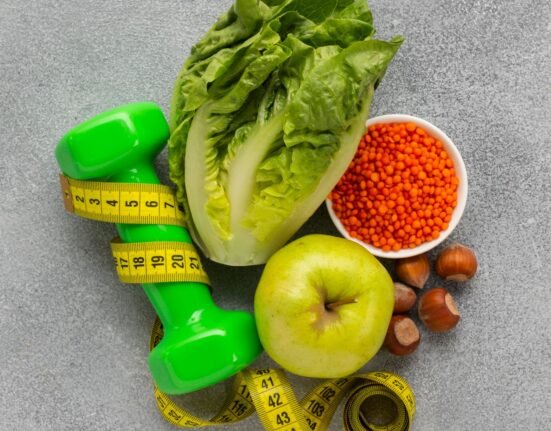




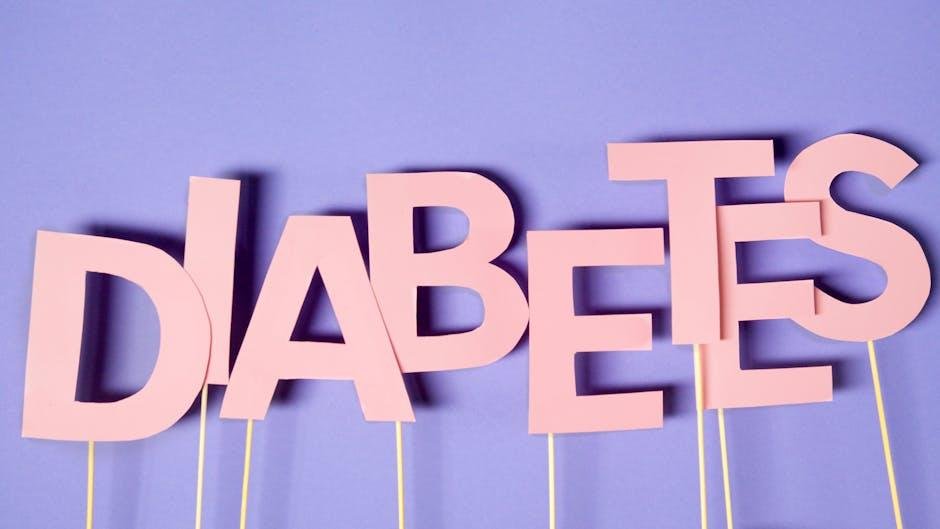




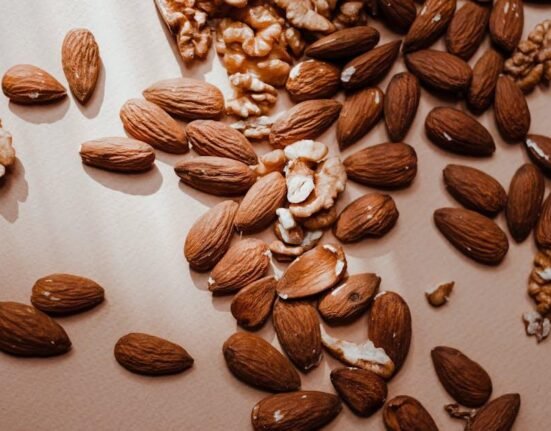

Leave feedback about this